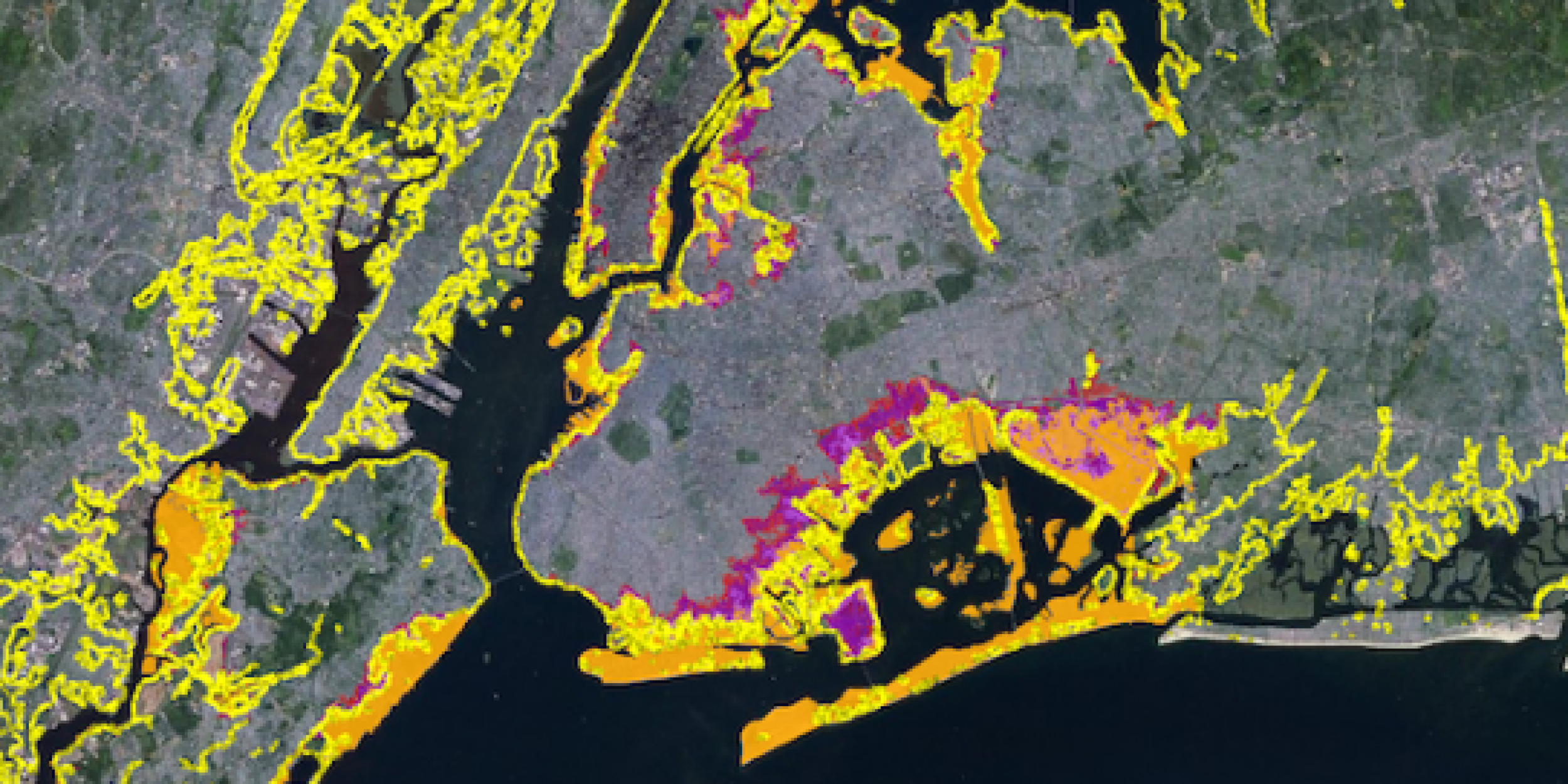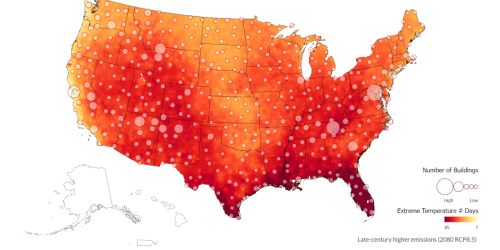The U.S. National Climate Indicators System is a climate dashboard, led by the U.S. Global Change Research Program (USGCRP), that monitors and analyzes specific physical, ecological, and societal characteristics.
CPO-supported researcher Dr. Melissa Kenney was the lead author on a report published in the journal Climate Change on building the integrated national climate indicators system, a prototype of which launched in May 2015. The climate indicator system was designed to complement the National Climate Assessments (NCA) and provide more timely information to decision makers, said Kenney.


After the completion of the Third National Climate Assessment in 2014, a group, led by Kenney, started work on the National Climate Indicators System (NCIS). The research priority for building this system, according to Kenney, was to establish the leading indicators on the status of global climate that could be monitored and updated as new information emerged.
To find out what the scientific community wanted, the USGCRP hosted three workshops focused on physical, ecological, and societal indicators. Each workshop highlighted the need for both an indicator system and structural processes to sustain it. Using existing data and products, and information from the NCA, the workshops were able to ensure that these indicators will be used by members of the scientific community.
“Indicators were called out as one of foundational efforts through which to support the periodic publication of the NCA,” said Kenney. Until the launch of the NCIS, there was no comprehensive, streamlined method of analyzing different physical, ecological, and societal indicators. However, the system requires extensive attention to ensure that it can be adapted to changing circumstances. Mitigation and adaptation indicators are much more difficult to monitor, said Kenney, because priorities are different in each region of the United States.


The NCIS uses datasets from established systems, like those at NOAA, and all of the datasets are available through metadata systems of the Global Change Information Systems, which is also supervised by USGCRP. Most importantly, these indicators will be updated when new information is available—providing the most up-to-date information to decision makers.
Building an integrated national climate indicators system required expertise from federal and nonfederal experts. According to the report, relying on a collaborative effort by federal, nonfederal experts, and stakeholders allowed for the creation of an official system utilizing transparent, comprehensive indicators that address the needs and priorities of different audiences. In turn, these indicators will hopefully generate sound information for the next NCA to accurately identify areas of significant physical, ecological, and societal change.
As the NCIS expands, it will be help scientists understand and identify linkages in a way that is useful and meaningful to different regions, said Kenney.
Having a comprehensive tool with which to monitor the most telling aspects of physical, ecological, and societal change, will help better prepare each diverse community in this country to cope with the impacts of climate variability and change.
To access the full report, visit Building an integrated U.S. National Climate Indicators System.
To access the NCIS, visit USGCRP.










